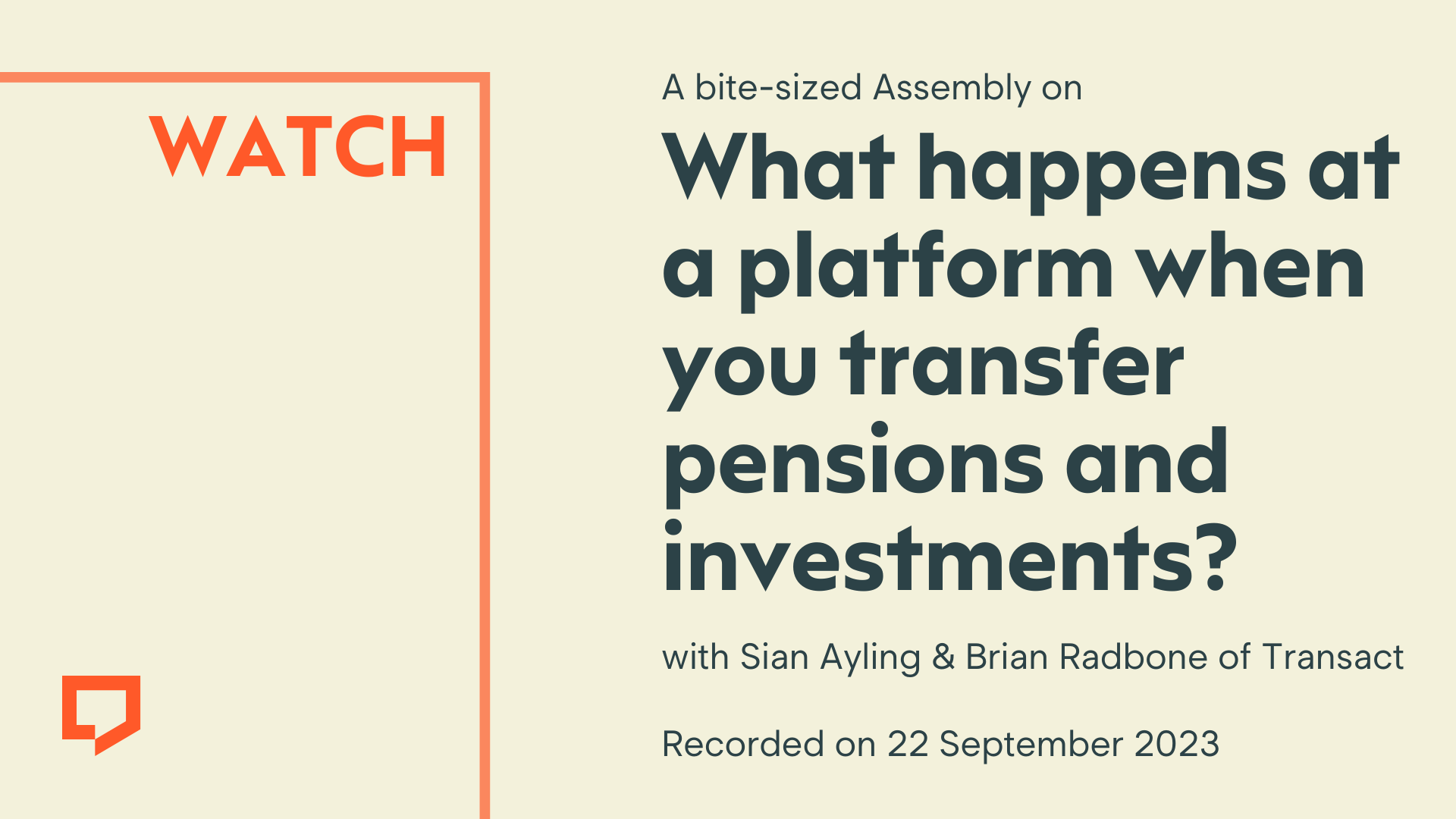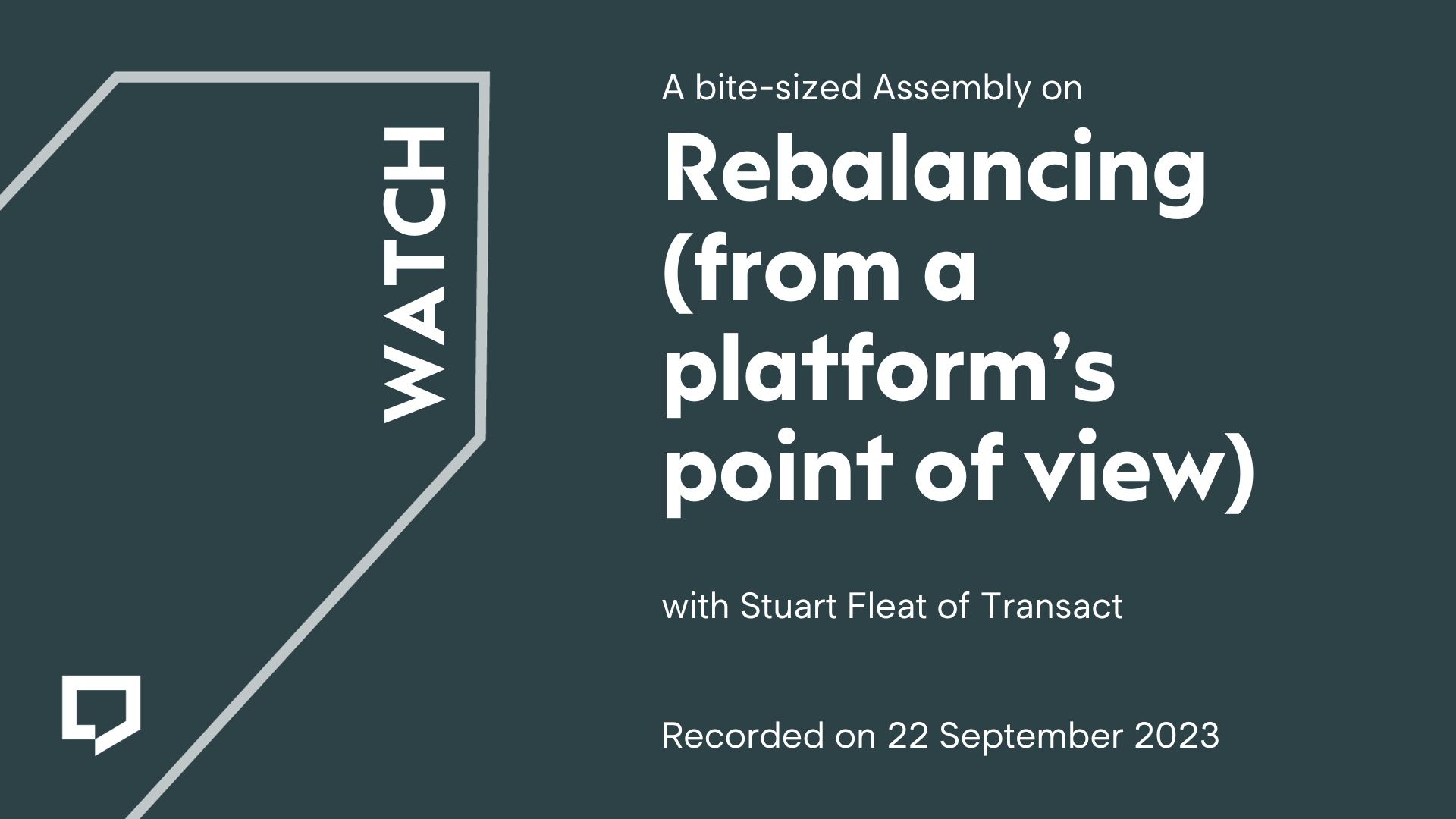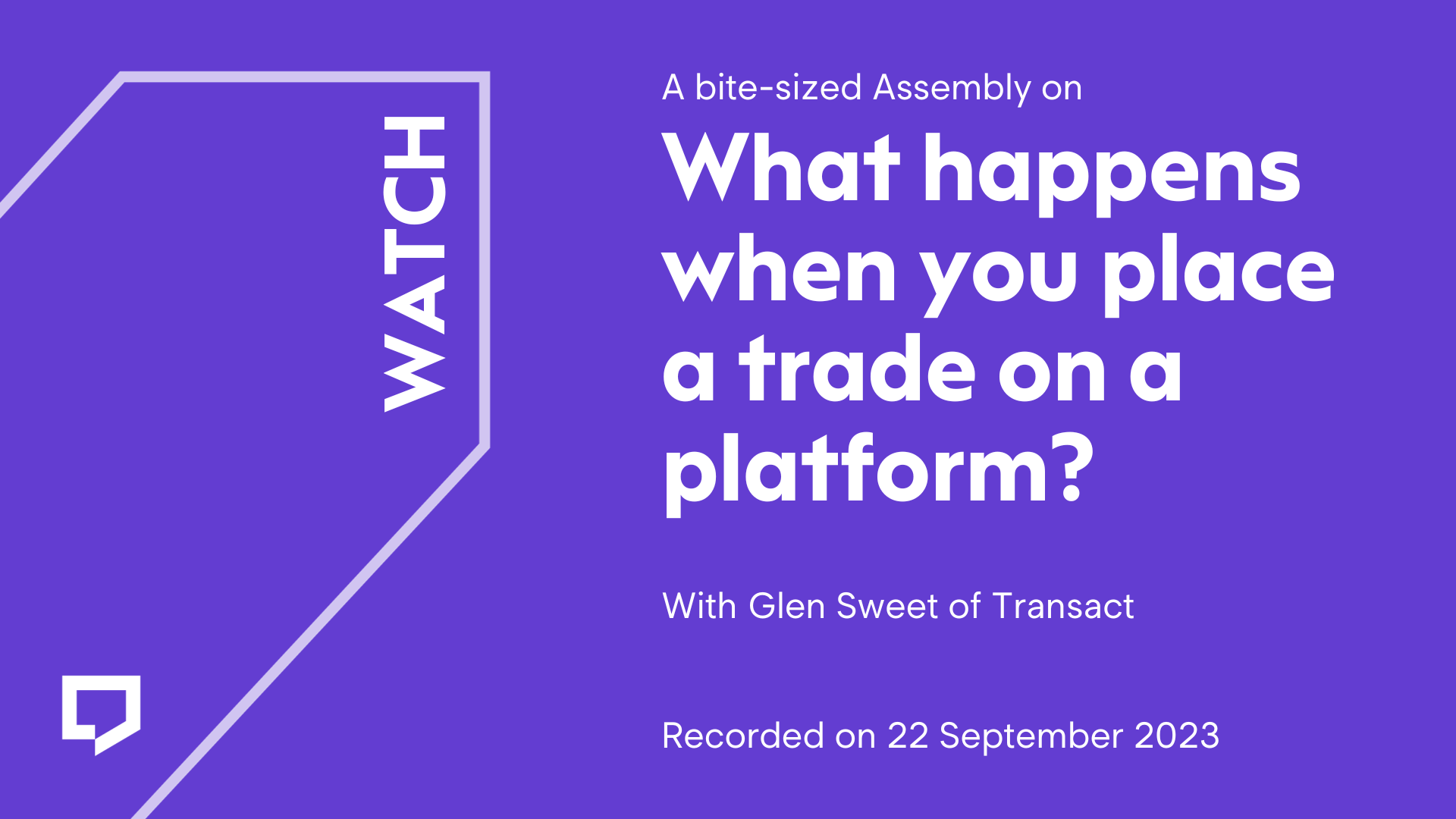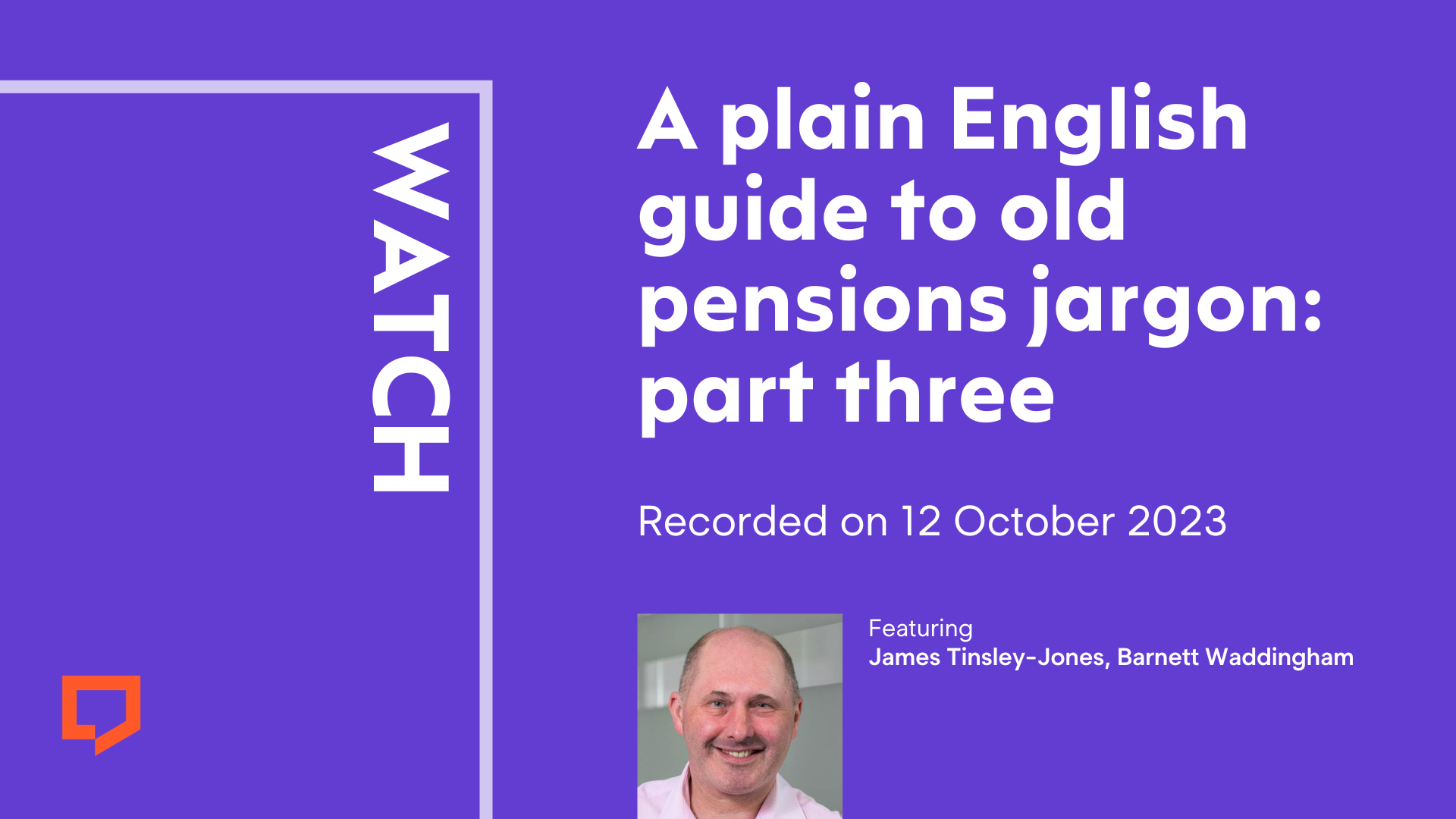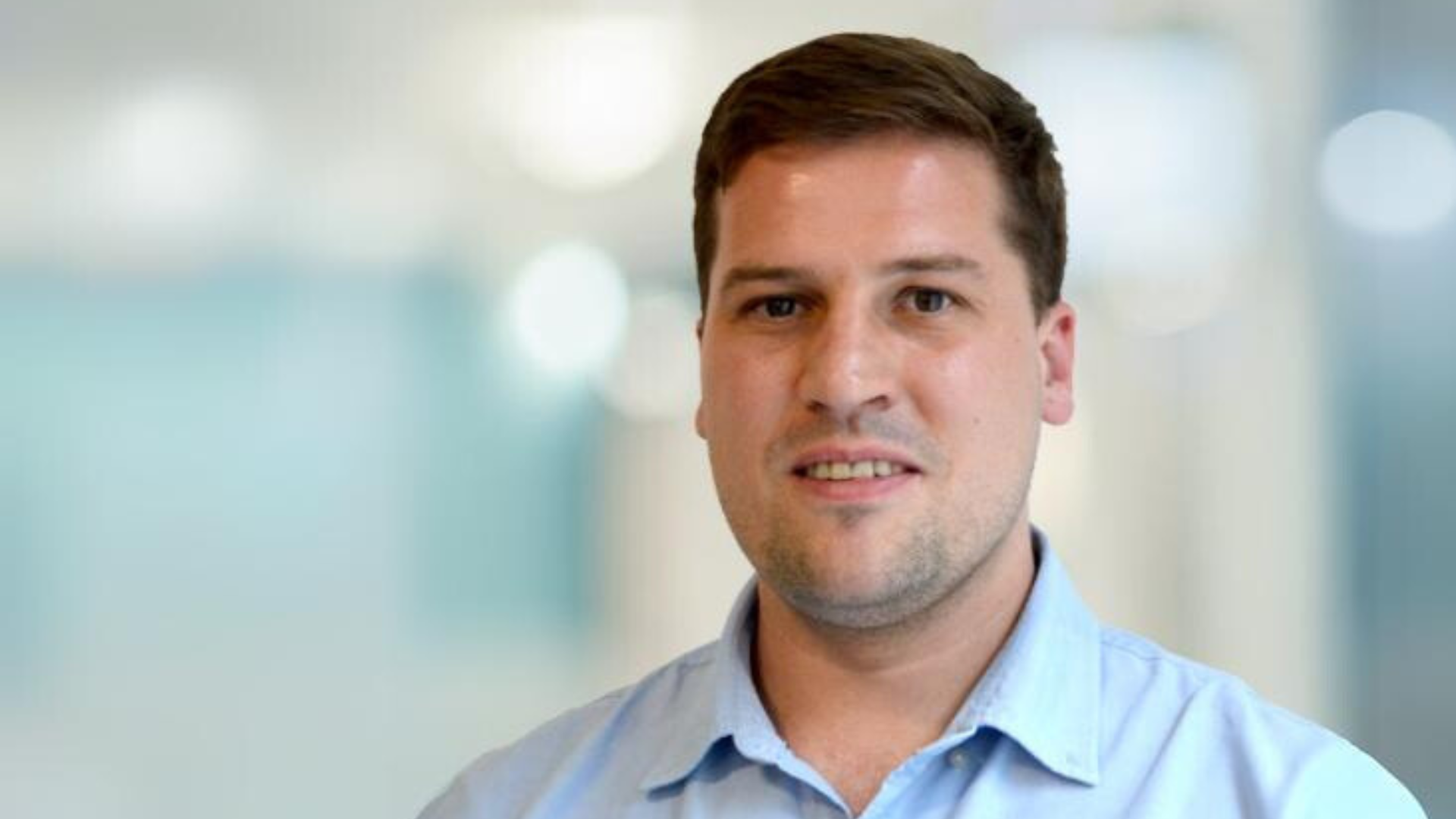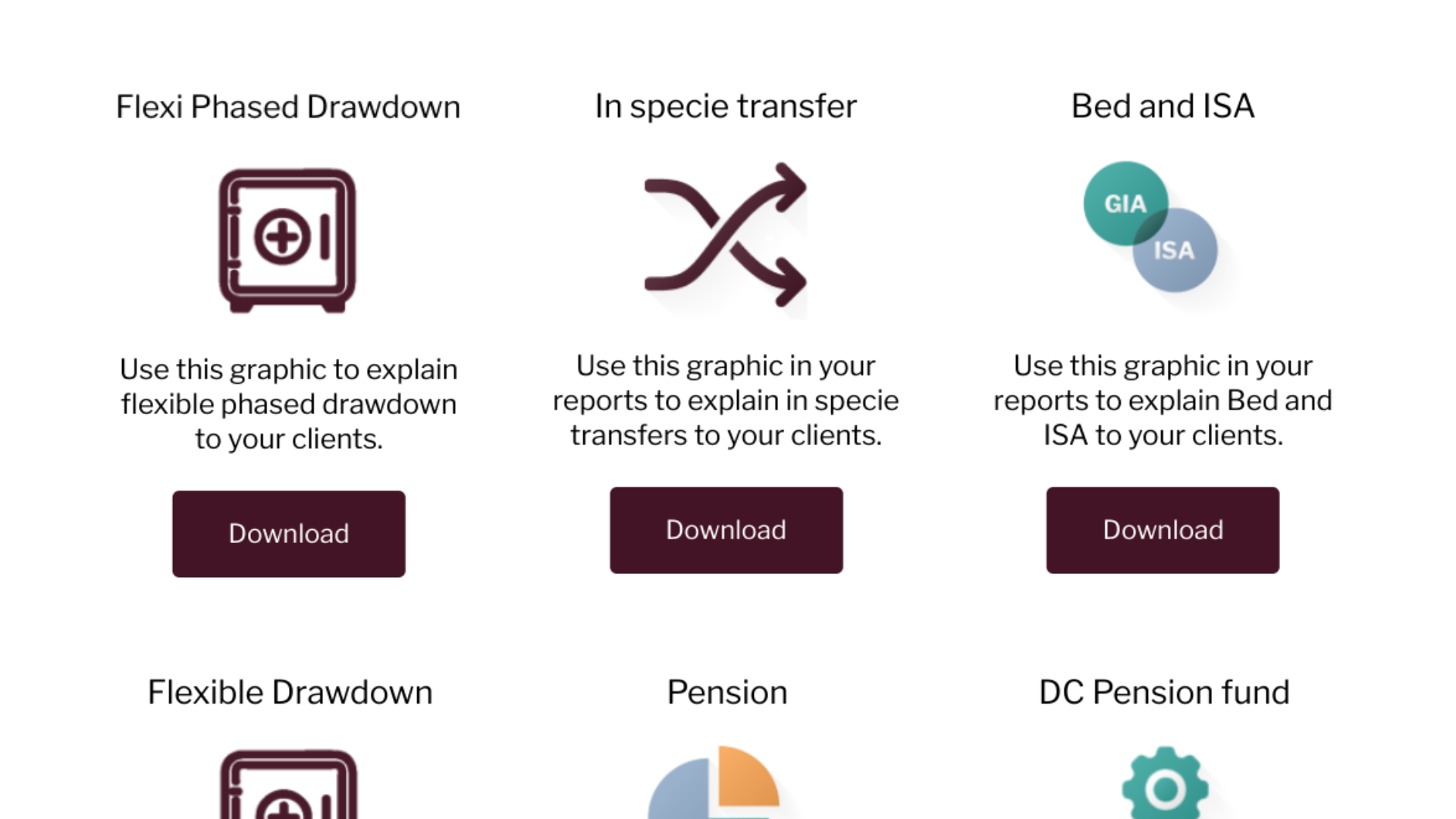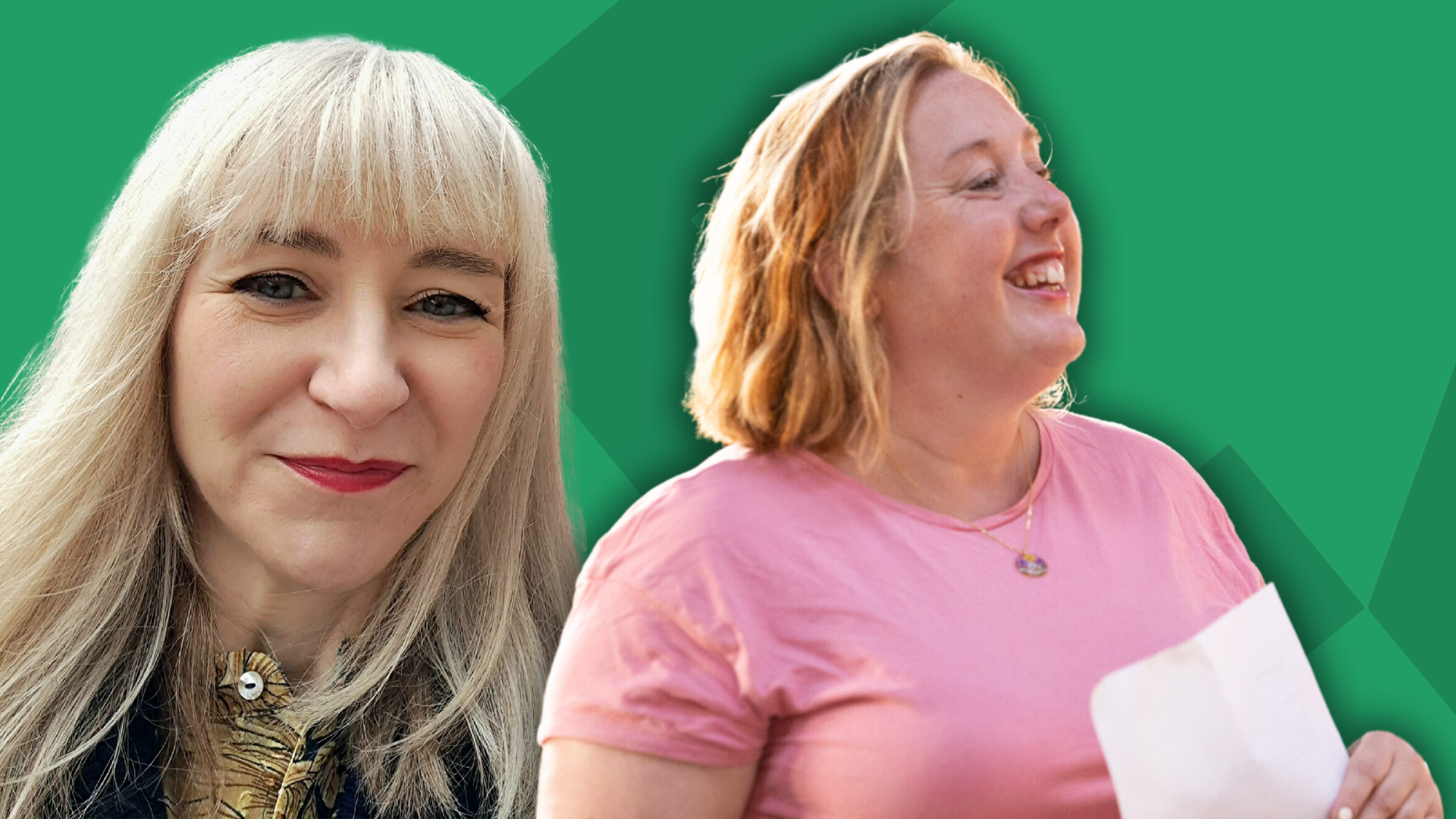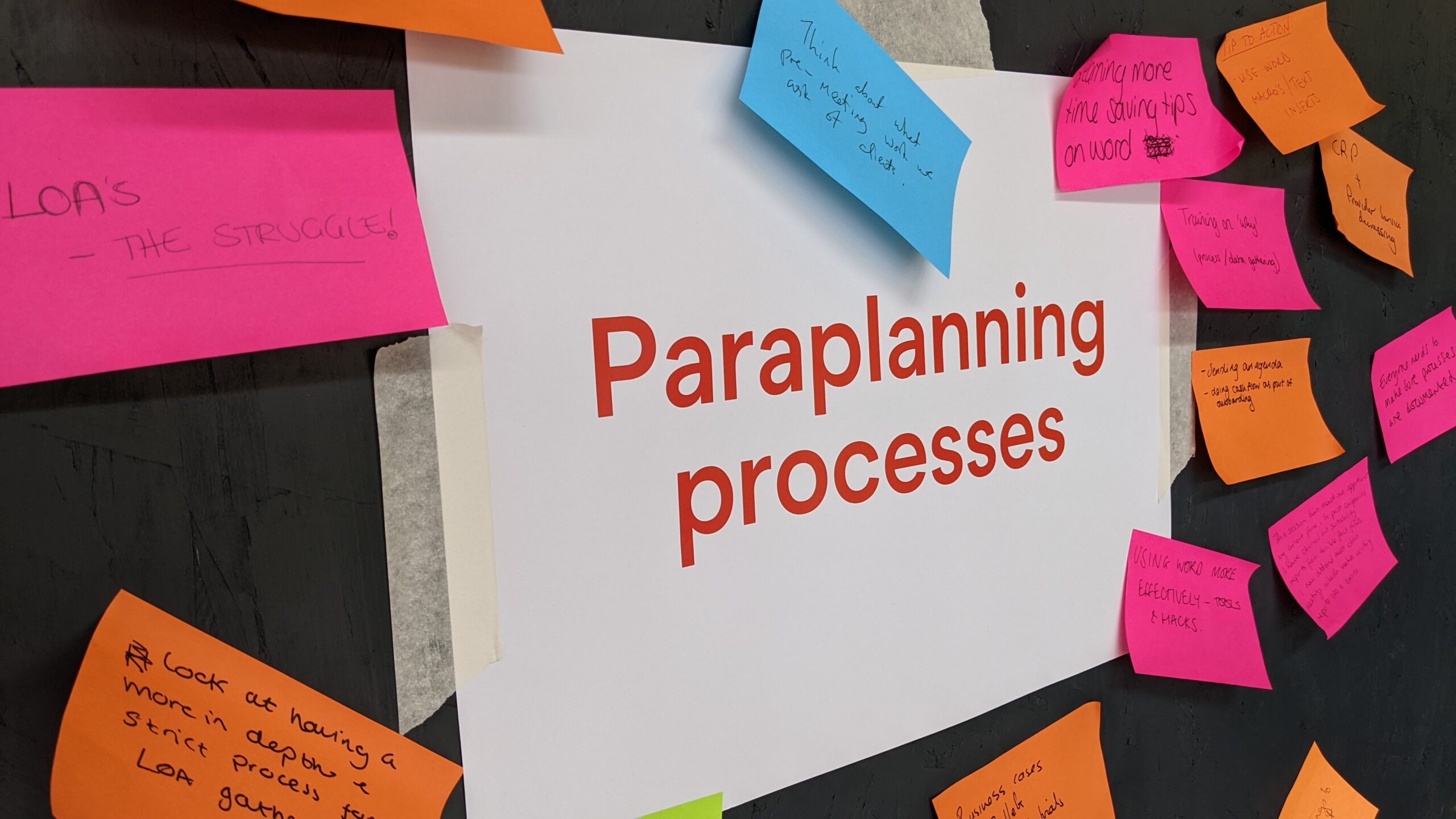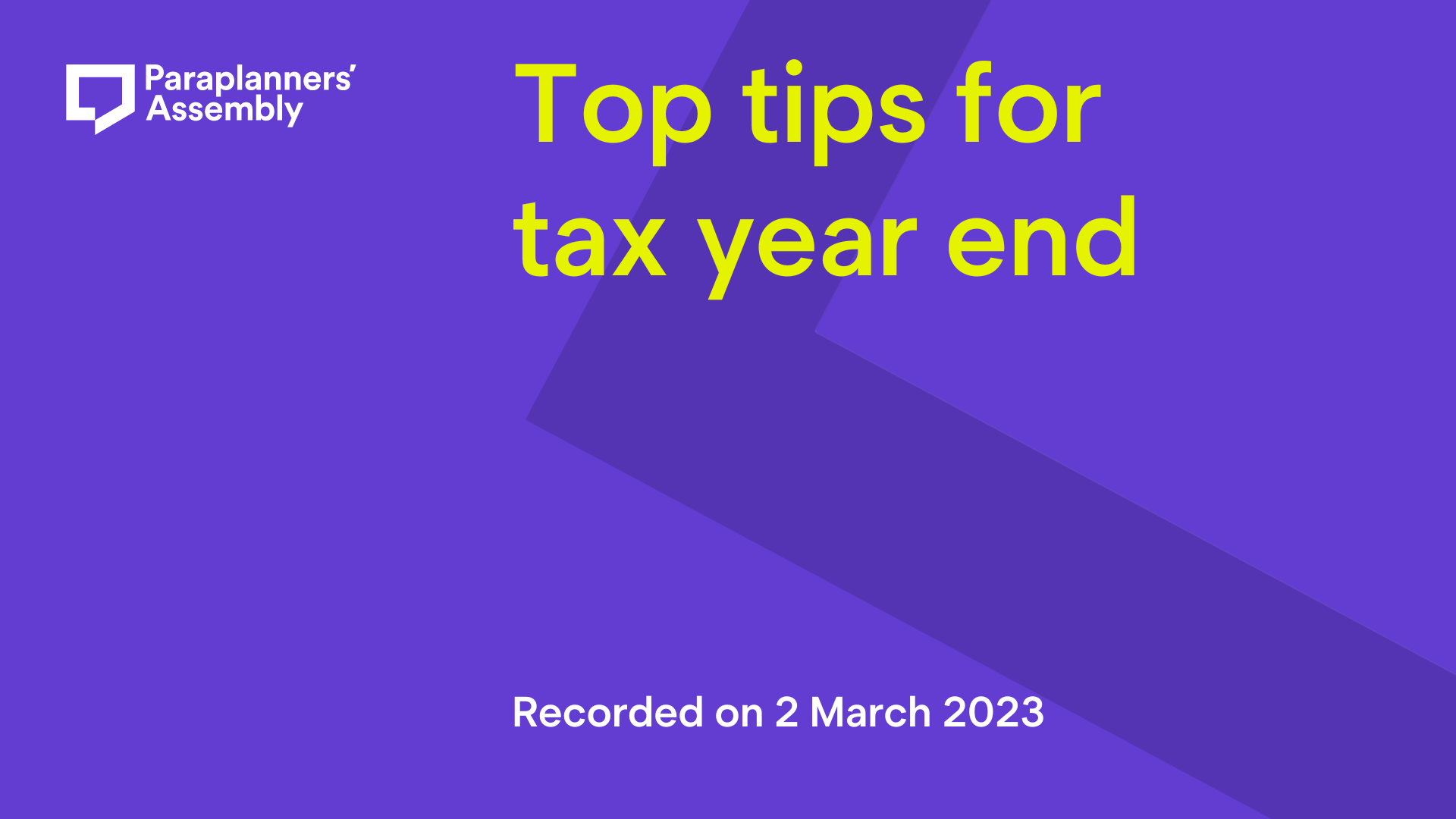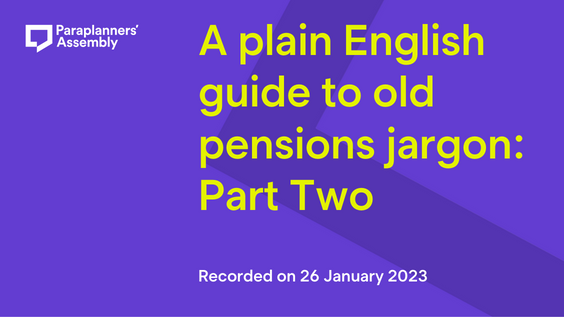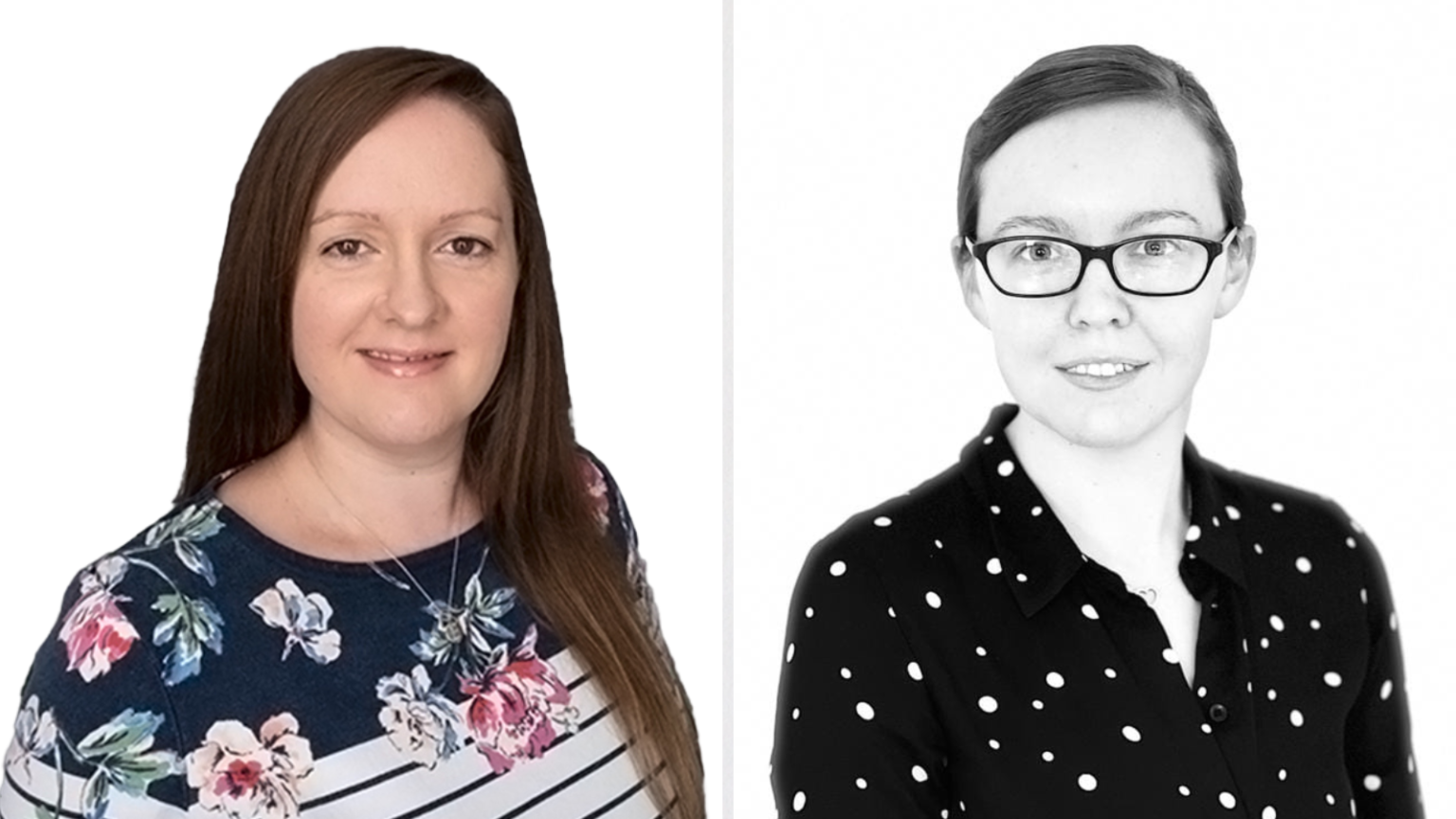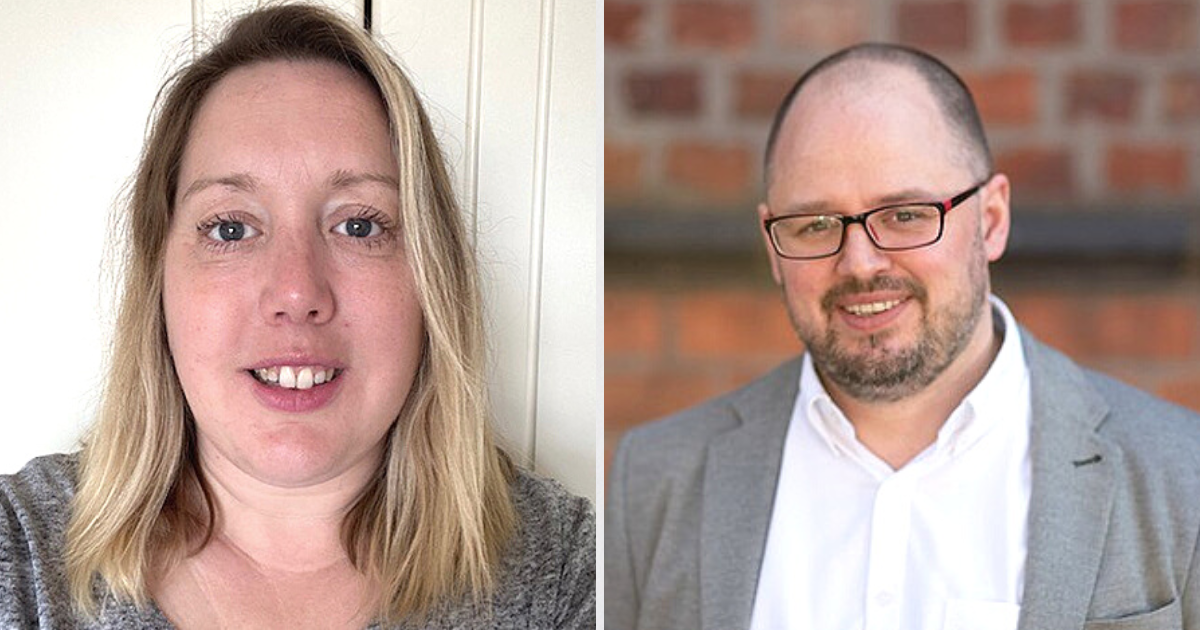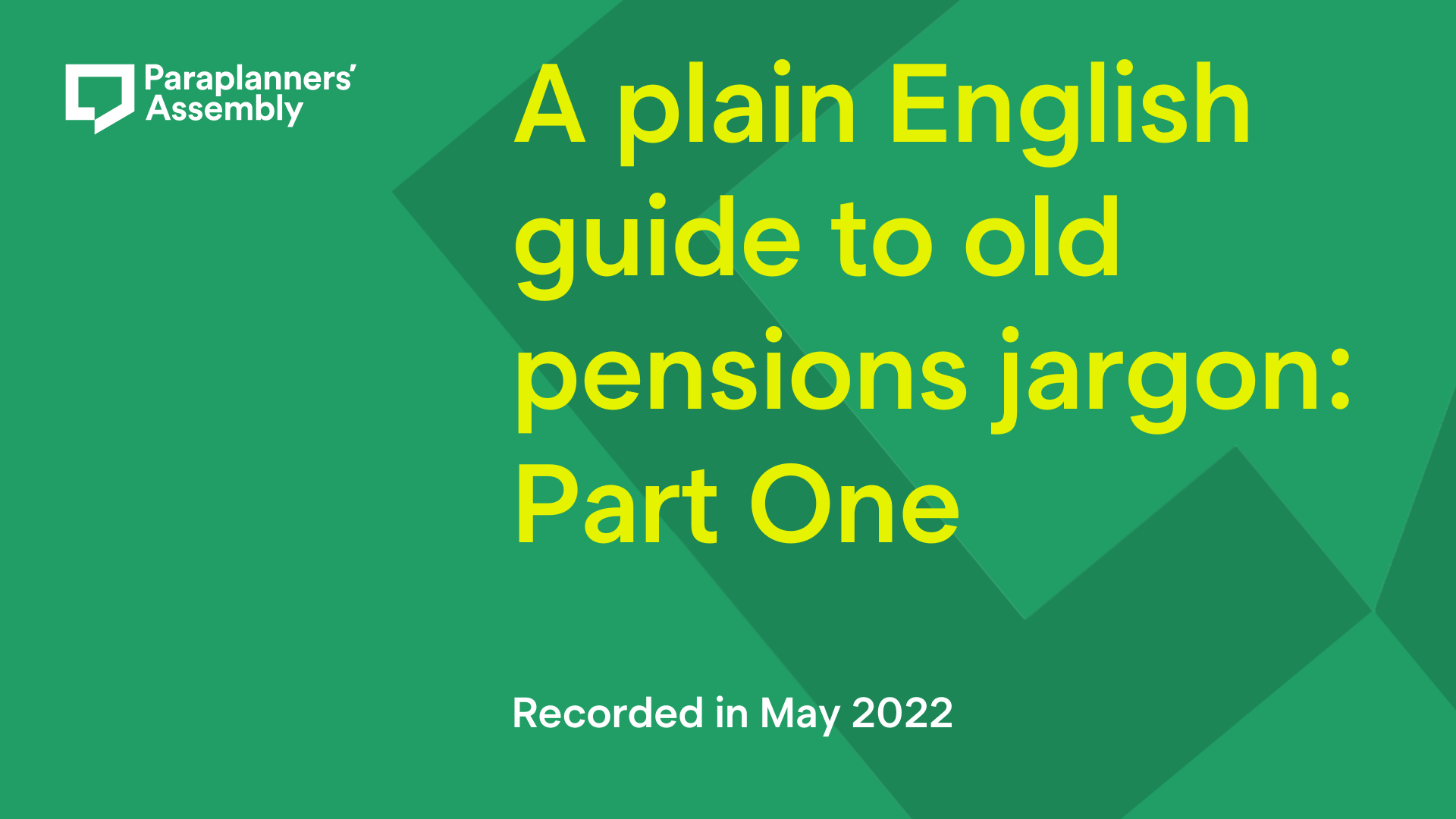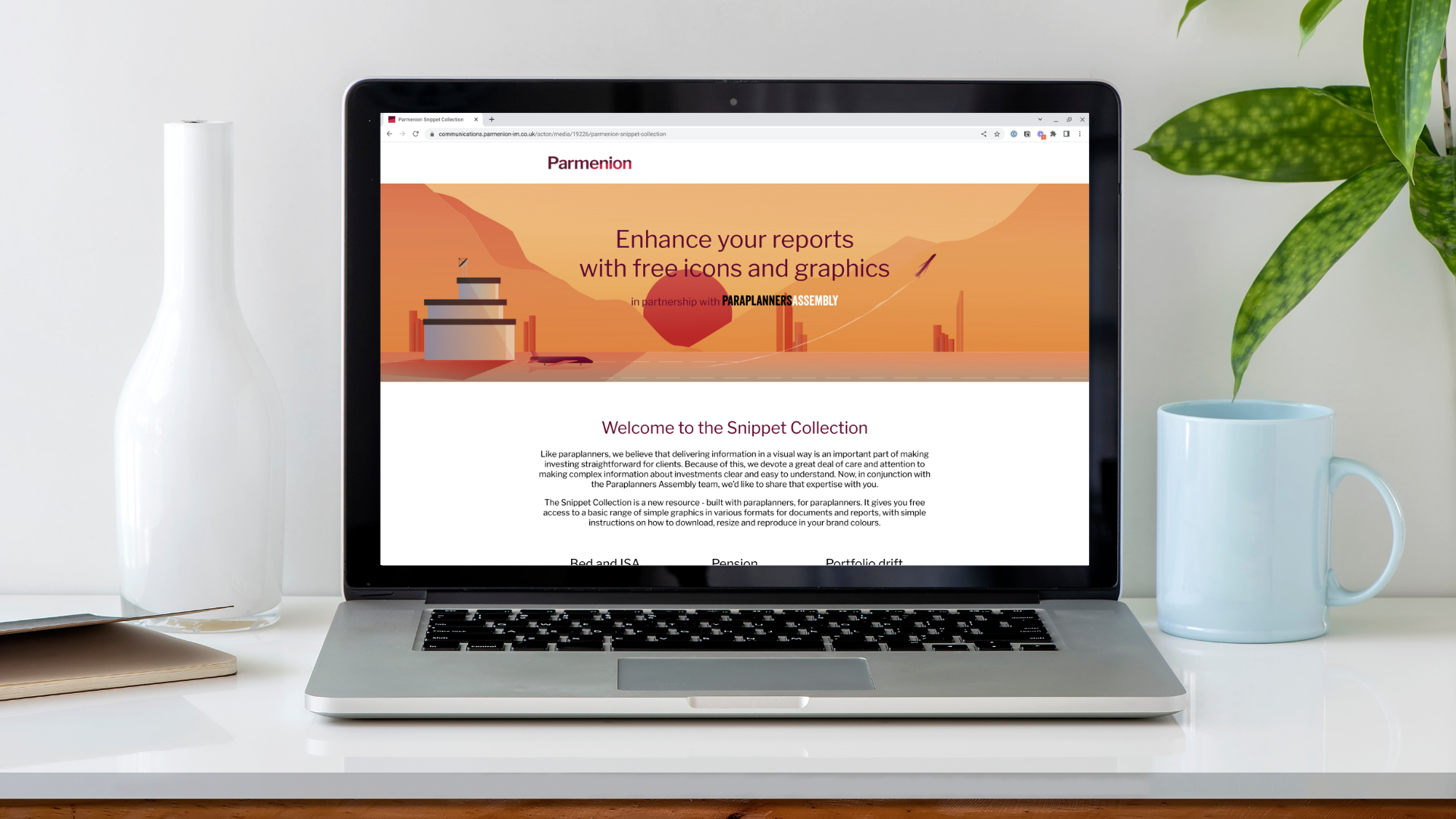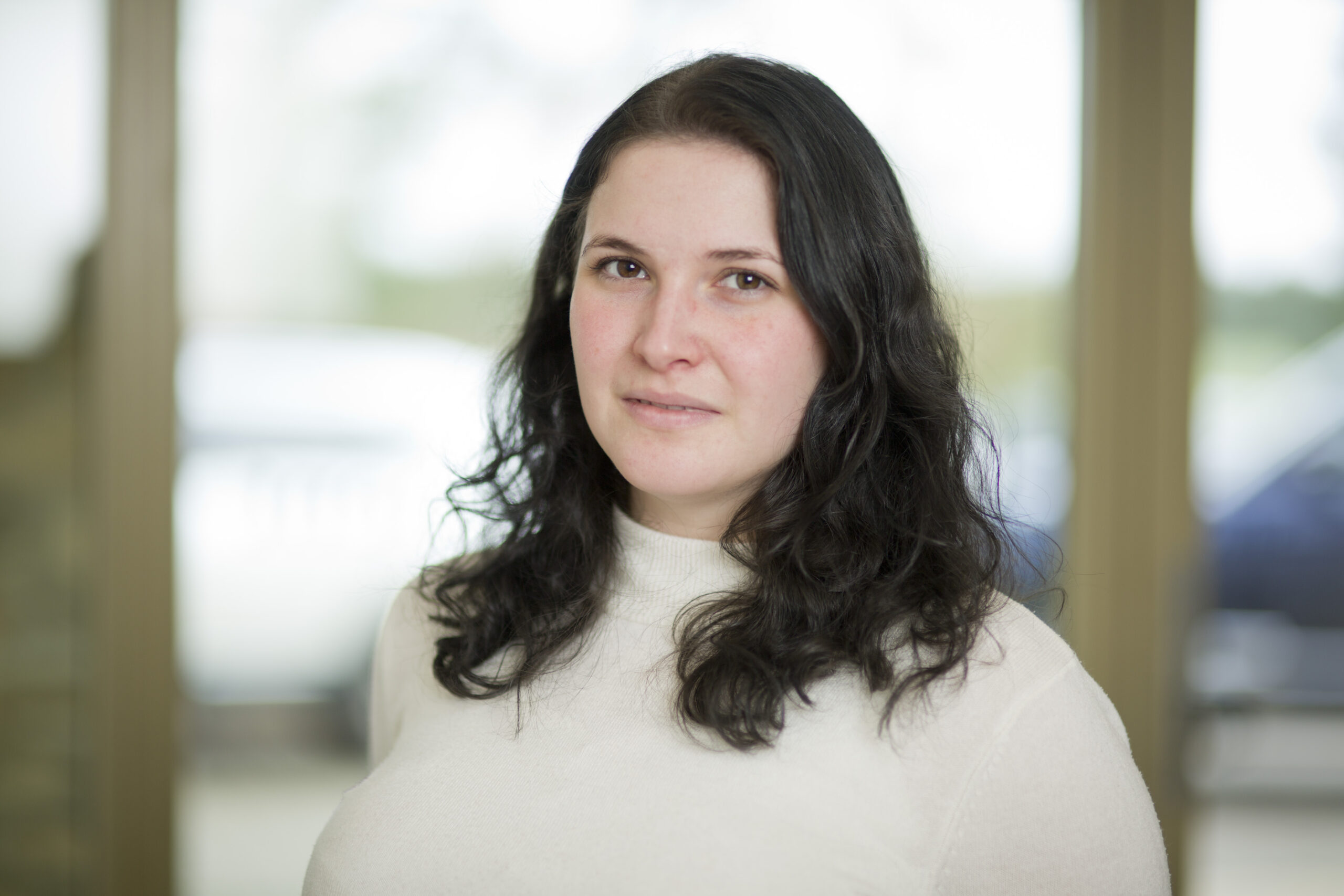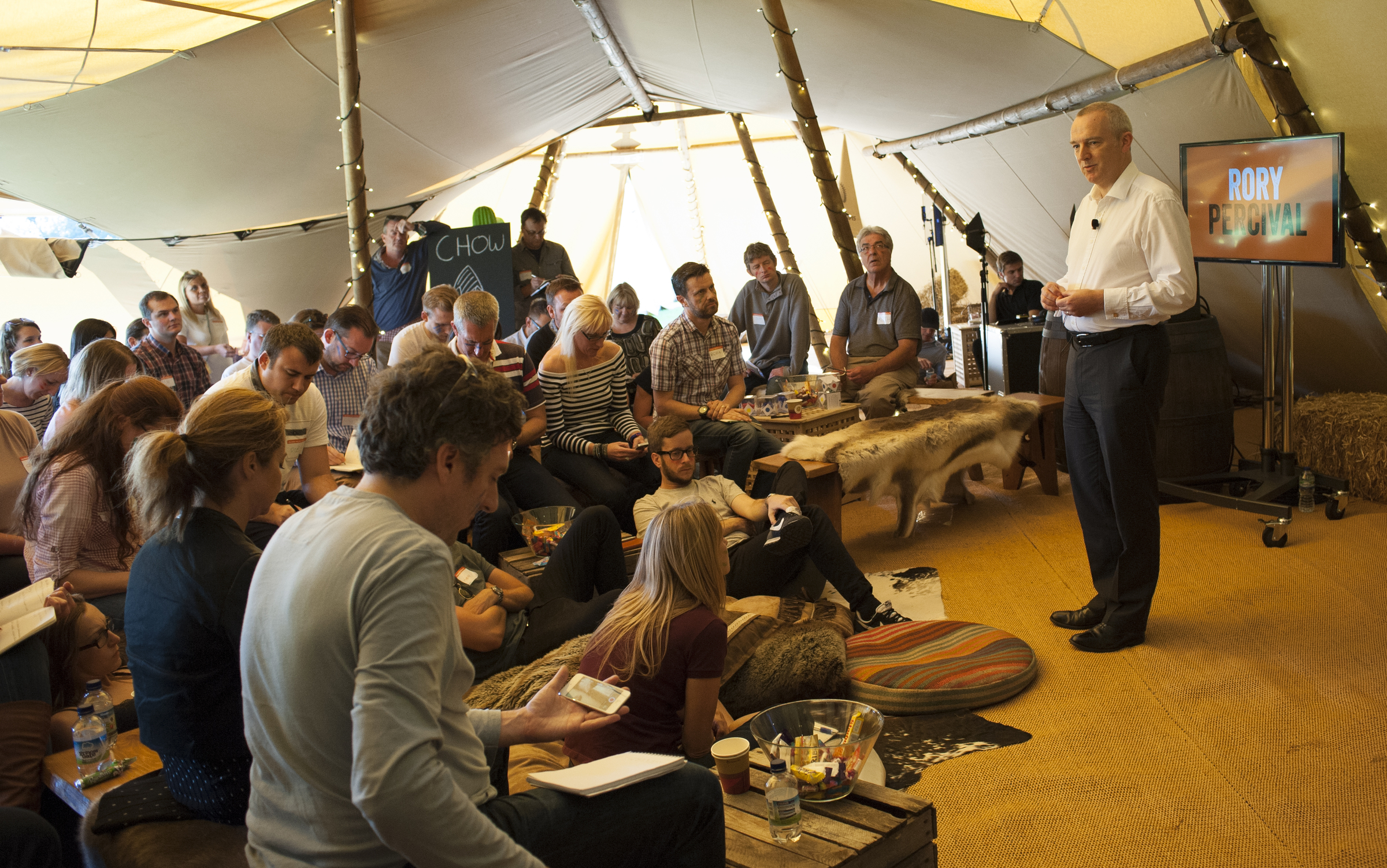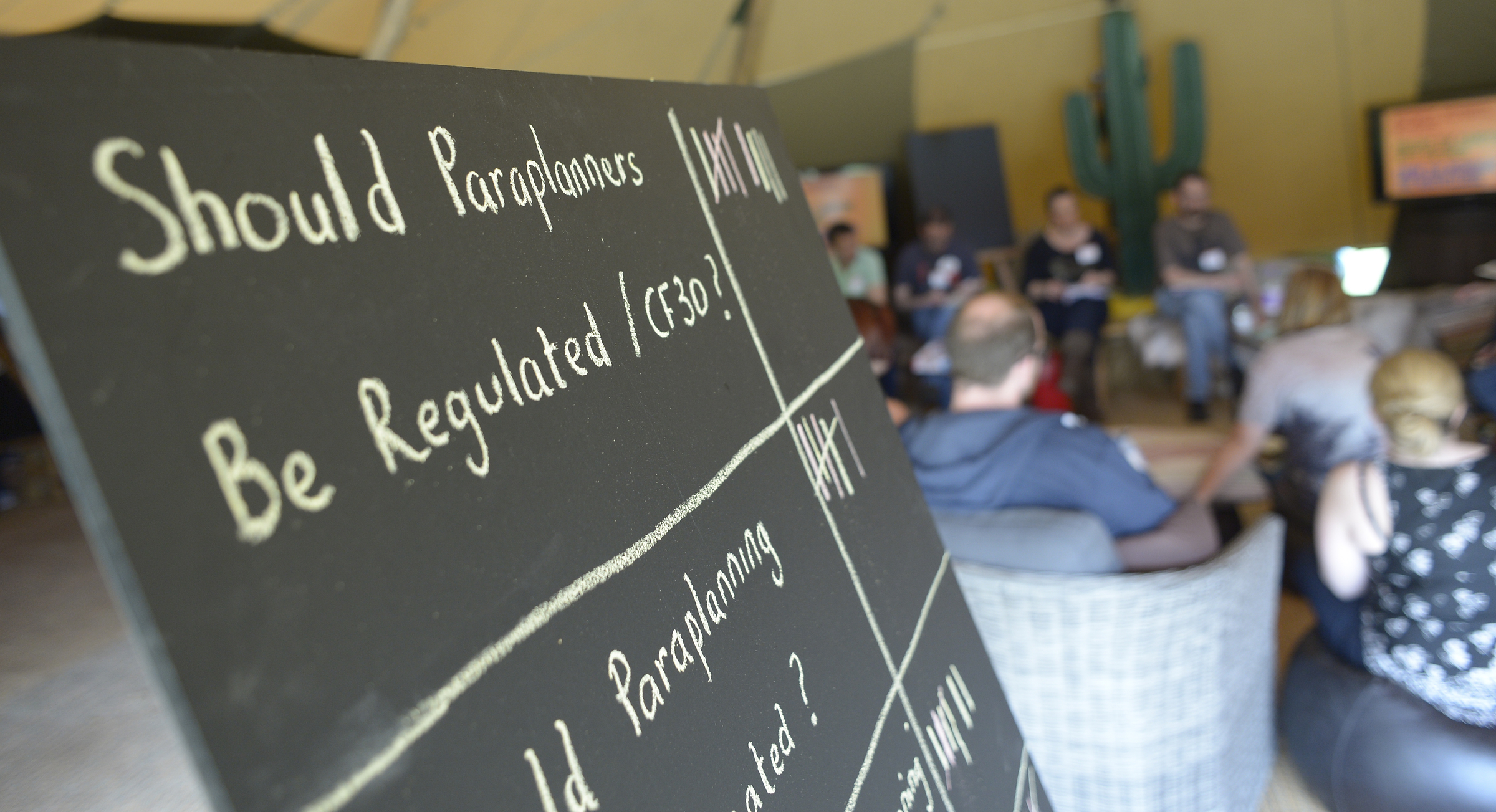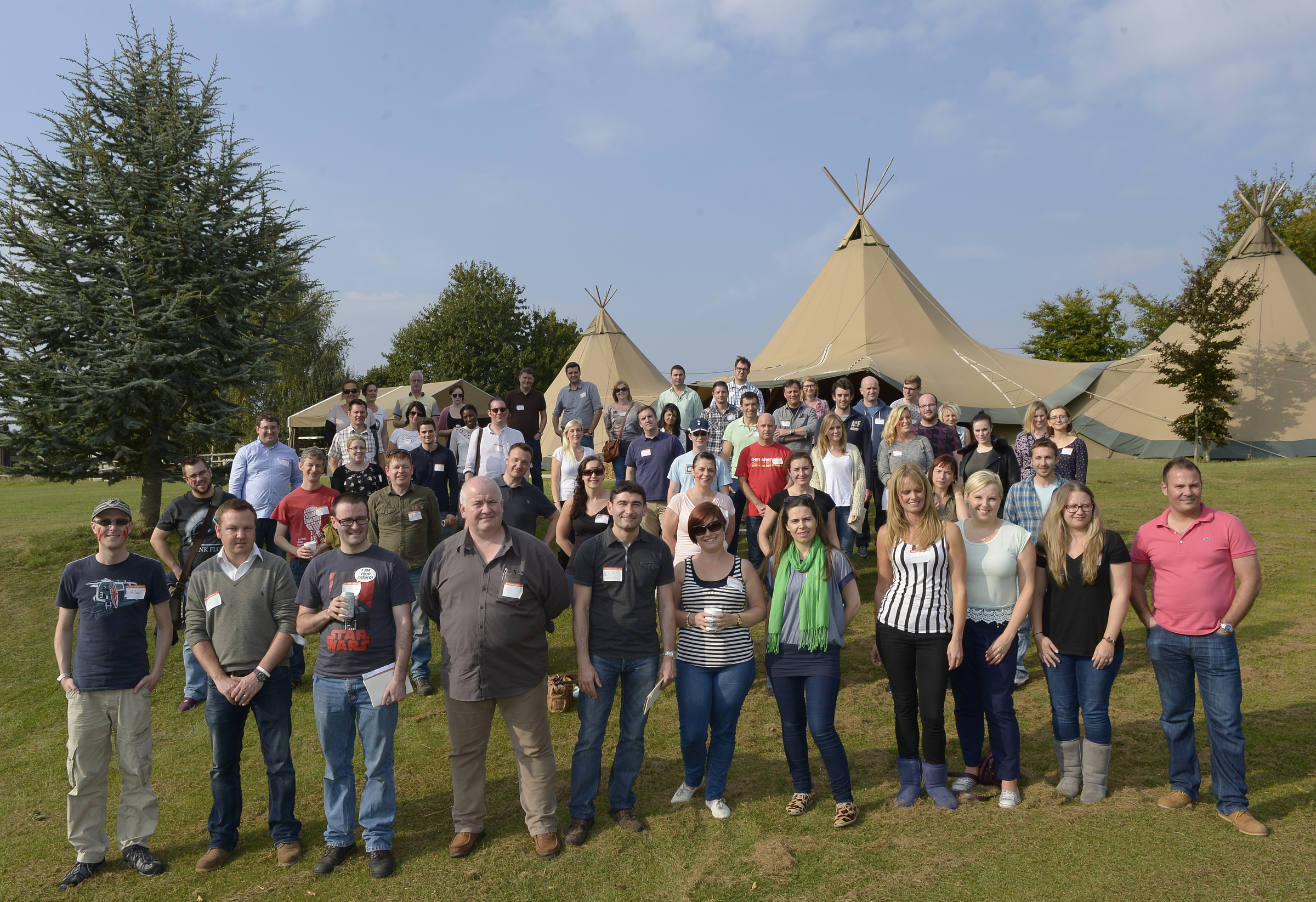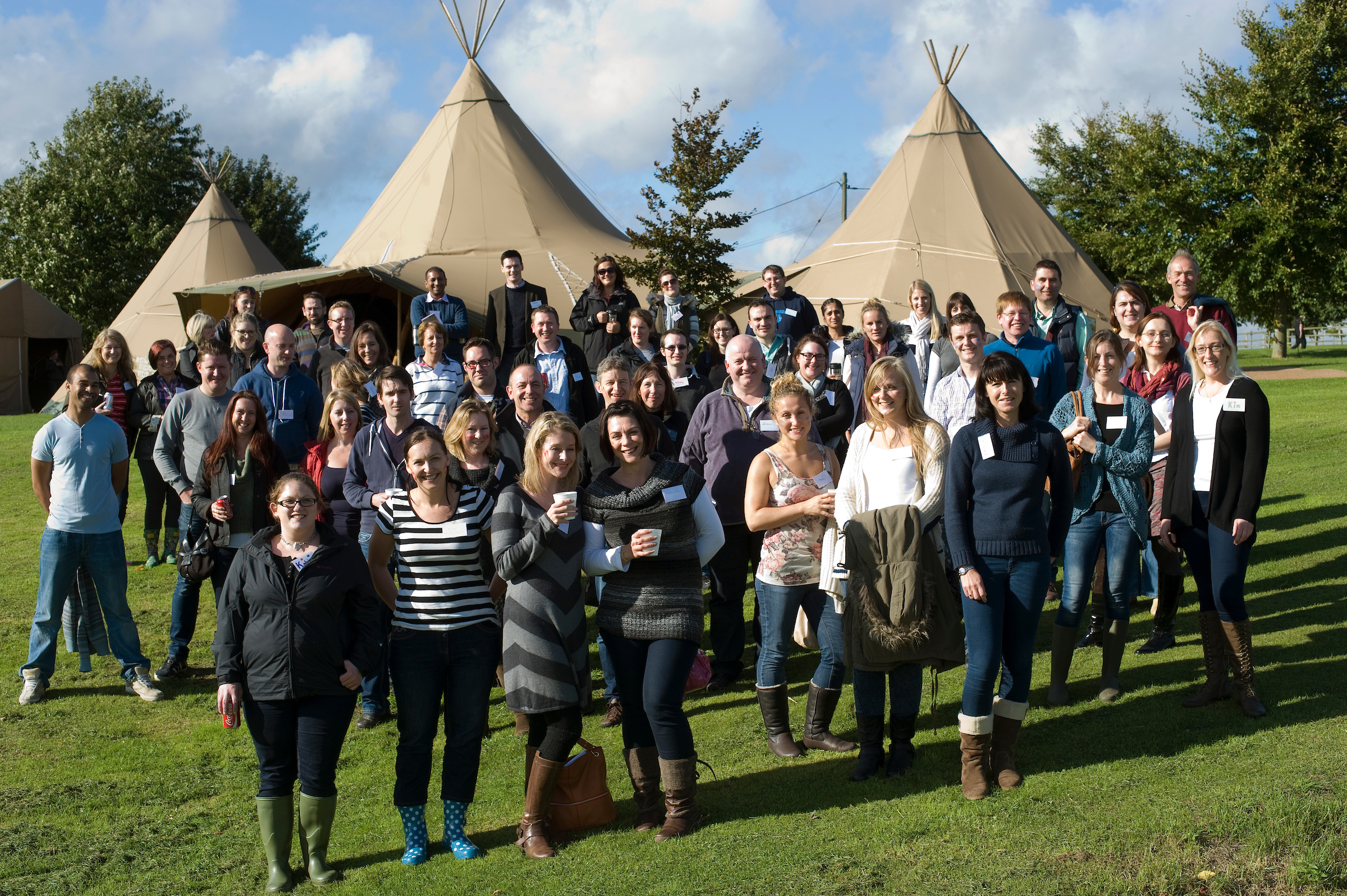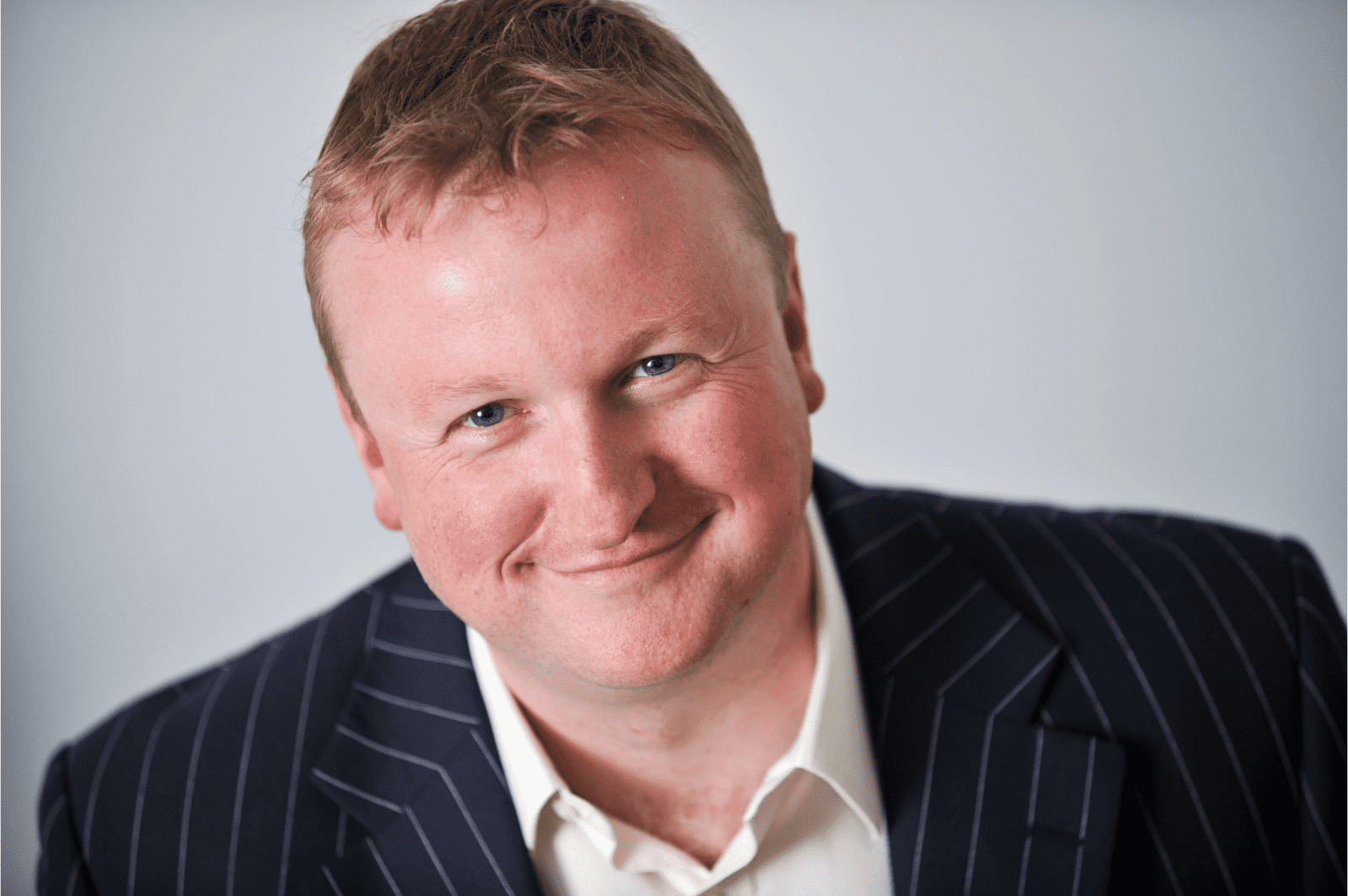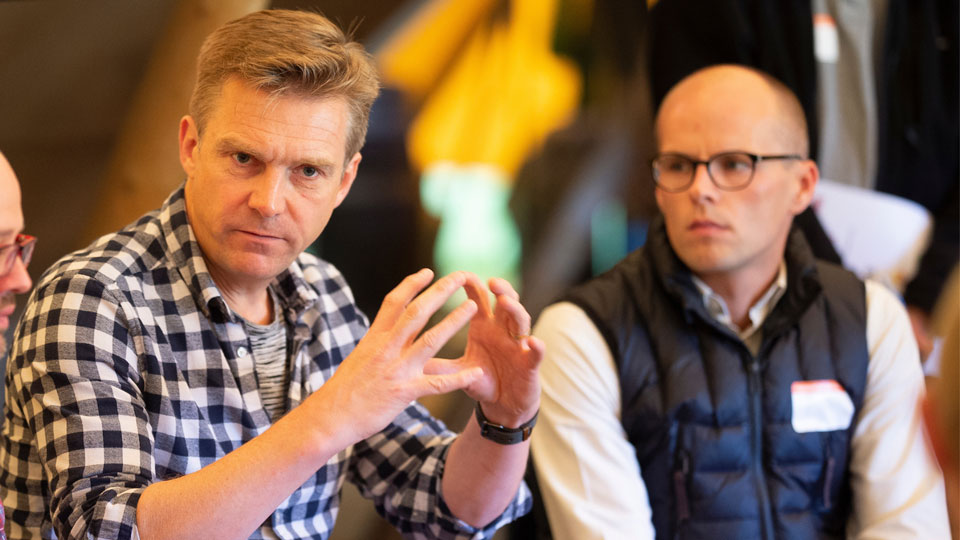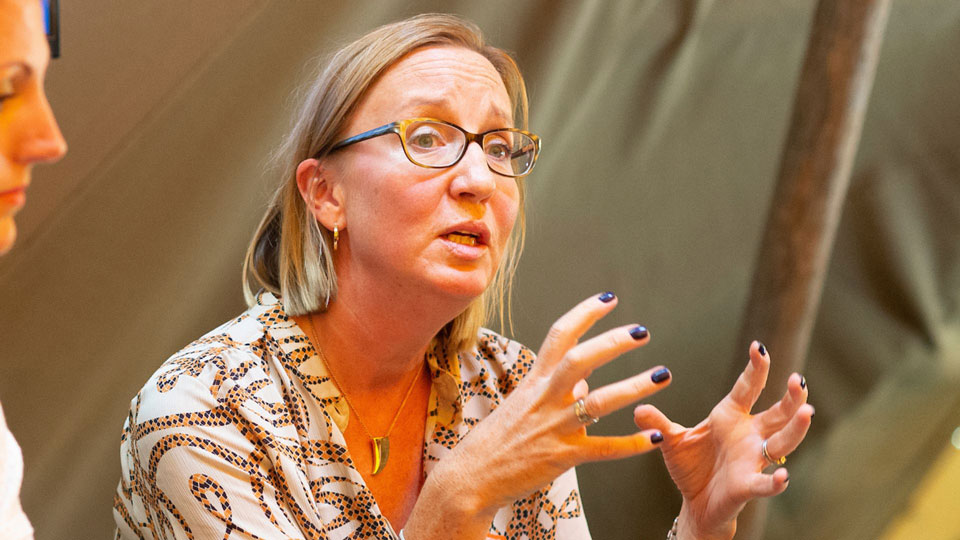By Susan Pringle and James Macaulay
We held our third Powwow NOTB at our host’s offices in Edinburgh (Aegon) where we enjoyed cream scones (jam first if anyone is interested). The survey sent out covered a wide range of topics but top of the list were file reviews, how do you build a relationship, income drawdown and sustainability, and risk profiling.
We covered file reviews first and had a round table discussion looking at what we need on a compliant file and built a list:
- Objectives
- Capacity for loss, knowledge, approach and risk required
- Research
- Reports
- Factfind (hard facts) and filenotes (soft facts)
- Cashflow
It was almost universally agreed that obtaining the client objectives was often the most difficult to obtain from advisers and that discussion with the adviser was so important to get those nuggets of information that makes a paraplanner’s life much simpler.
We liked the suggestion that a file should have a peer review and not just a compliance consultant’s audit, and that this could bring a more consistent approach across a firm. Risk profiling and the various methods firms used to measure this was discussed, and even with the numerous suggestions, it was also agreed that so long as a consistent approach was taken, and that the process was used, the profile discussion that the adviser has with the client can be transposed to a filenote and so into the recommendation.
We also discussed reports and what needs to be included. Several attendees had been along to the Report Writing Howwow in Manchester (100% satisfaction feedback on that) and the content of the report followed the same points we believed made up a compliant file. Using the client’s own words to describe their objectives was given a big thumbs up and ensuring that these were included in the report were a must have along with the risks and costs.
The next topic was Annual Reviews, and MiFID II, and how everyone was coping with this and how it has impacted on what’s required. We did have a good old moan about how it is so difficult to implement the regulations and that no one had a proven method of obtaining the information and keeping the process simple. Everyone agreed that they were adopting a “best endeavour” approach and aiming to get as close to the regulator requirements, but we need platform technology. At this point our hosts wholeheartedly agreed that it was difficult and that they had a lot of sympathy for firms. Continuing suitability was much less of an issue.
We then split into two tribes so that we had smaller groups to get into the nitty gritty of income drawdown and how to build relationships.
James facilitated the income drawdown discussion, and whether there was a need for firm level guidance on what was an appropriate level of income. Most agreed that this was predominantly adviser led. It was interesting to note that natural income was considered old fashioned, and that advisers are now recommending a specific level of withdrawal.
The groups were split over whether a cash reserve was required or whether the whole fund was invested. Use of cashflow was felt key to checking sustainability by several attendees, but everyone agreed that this was a difficult area to get right regardless of the method and technology used. A society of actuary’s report was quoted as having reached the conclusion that 3.5% was sustainable over the longer term, and that Abraham Okusanya’s research was a good source of information for those who wanted to look into it further.
The tribes swapped round and Susan led the discussion about relationships and how to constructively disagree with the adviser and the advice. It was agreed that the relationship with the adviser is so important to be able to challenge and ask more probing questions. Many worked 121 with an adviser, and this helps both parties to get to know the rhythm of the adviser. Where paraplanners worked with a number of advisers, it was important to make sure that you picked up the phone and speak regularly. Ask the questions that might sound silly to ask, but how that often got the adviser to explain their reasoning in layman’s terms and how important that was to the client presentation in a written report.
The attendees would love to spend time in client meetings but it’s not always possible, but that we should encourage the advisers to use our skills in complex cases to allow them to speak to the client. A good point was made about dealing with more junior colleagues, and that explaining what’s required helps our own understanding of what the process is and builds a relationship both ways.
We also thought that providers should be more proactive in addressing paraplanner needs and not just be all about sales. Our hosts Aegon wholeheartedly agreed with this.
The Powwow was brought to a close and wrapped up by encouraging everyone to have a look at the Big Tent as it is where paraplanners help each other, and to have a look at the previous Howwows online. James also put forward the offer by Redmill Consulting to provide AF7 support, and that anyone interested should get in touch with James/Susan.
We’re hoping our next Powwow will cross the M8 to Glasgow and we’re looking forward to meeting new paraplanning groups.



